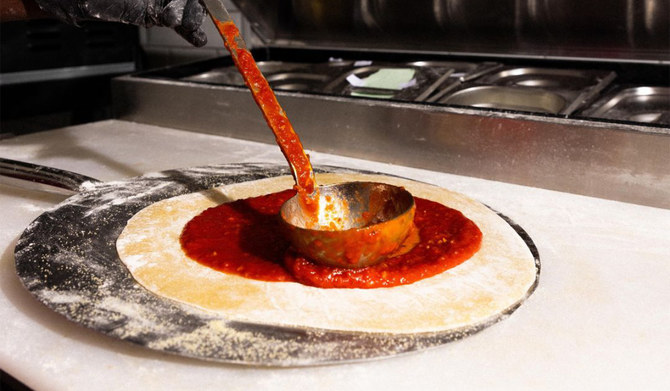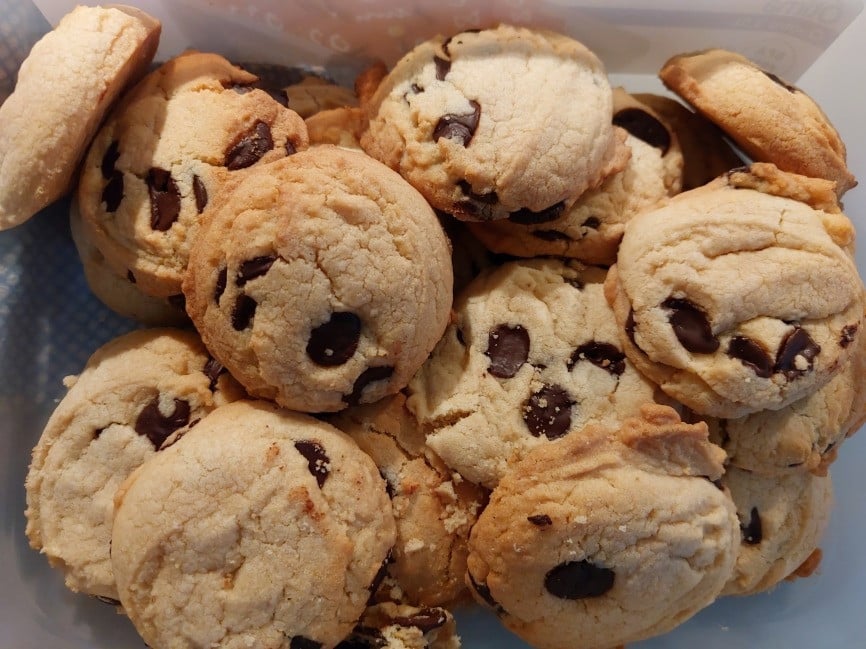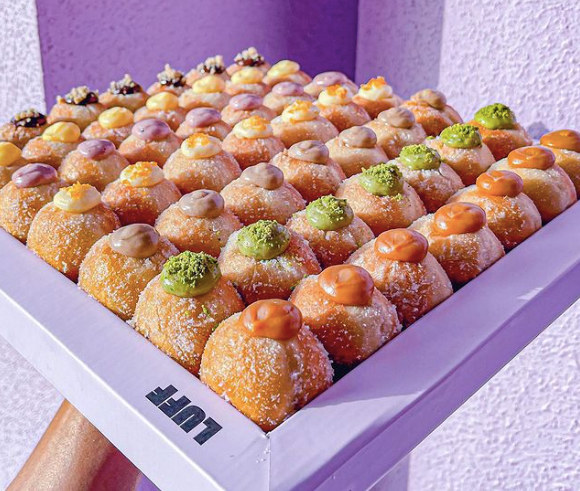Monitoring Desk
When Rebecca Prince-Ruiz recalls how her eco-friendly movement Plastic Free July has progressed over the years, she can’t help but smile. What began in 2011 as 40 people committing to going plastic-free one month a year has gained momentum to 326 million people pledging to adopt this practice today.
“I’ve seen that uptick in interest every year,” says Ms Prince-Ruiz, who is based in Perth, Australia, and author of Plastic Free: The Inspiring Story of a Global Environmental Movement and Why It Matters.
“These days, people are taking a hard look at what they are doing in their lives and how they can seize an opportunity to be less wasteful,” she says.
Since 2000, the plastics industry has manufactured as much plastic as all the preceding years combined, a World Wildlife Fund report in 2019 found. “The production of virgin plastic has increased 200-fold since 1950, and has grown at a rate of 4% a year since 2000,” the report says.
This has spurred companies to replace single-use plastic with biodegradable and compostable packaging designed to dramatically reduce the toxic footprint plastics leave behind.
In March, Mars Wrigley and Danimer Scientific announced a new two-year partnership to develop compostable packaging for Skittles in the US, estimated to be on shelves by early 2022.

It involves a type of polyhydroxyalkanoate (PHA) that will look and feel the same as plastic, but can be thrown into the compost where it will break down, unlike regular plastic that takes anywhere from 20 to 450 years to fully decompose.
Danimer Scientific’s polymer product is made from canola oil, and it acts similarly to wood, meaning it breaks down when bacteria interacts with it. “PHA goes away naturally and is still a very strong material for all types of products,” says Stephen Croskrey, chief executive of Danimer Scientific, based in the US state of Georgia.
Alastair Child, Mars Wrigley vice-president for global sustainability, says: “Our vision is to support a circular economy where packaging never becomes waste and by 2025 we plan to reduce our virgin plastic use by 25% and for 100% of our plastic packaging to be reusable, recyclable or compostable.”

To understand alternative packaging, though, it’s crucial to recognise the difference between biodegradable and compostable, since those two terms are often lobbed around interchangeably, says Meg Sobkowicz, associate professor of plastics engineering at the University of Massachusetts Lowell.
“Everything biodegrades, eventually, but not everything will be able to break down in a compostable environment,” she notes, “and you don’t need a compost programme or bin for these materials. You can just throw them in your garden soil.”
Prof Sobkowicz explains that plastic polymers can’t degrade in the same way because its molecules aren’t accessible to water, which is also part of the consumer appeal of plastics: because it’s waterproof, dirt or water can’t seep into a plastic bag, for example.

Hindering the widespread use of eco-friendly packaging such as PHA is the cost. It can be three to fives time as expensive to manufacture as regular plastic.
But that hasn’t stopped companies such as California-based Mango Materials and London-based Polymateria from dedicating their businesses to producing products that biodegrade.
For example, Polymateria’s Cycle+ plastic is biodegradable after three years and is still able to be recycled during its usable lifetime. Their clients range from East Africa businesses making bread bags to Extreme E, a new electric racing series that uses Polymateria products for cups and food packaging.

The plastics industry should wake up to the growing trend of alternative packaging, says Niall Dunne, chief executive of Polymateria. “We’ve seen how consumer pressure is saying to the big guys that they have to be on board [with reducing their plastic production] and to be more transparent and authentic in this important conversation,” Mr Dunne says.
Prof Sobkowicz adds that that kind of pressure has already worked to push the plastics industry to steer away from the toxic BPA ingredient that was commonly found in reusable plastic bottles. “I think we’re coming around to where public concern is pushing them to tip the scales in favour of environmentally friendly packaging, despite its costs.”
Forward-thinking engineers plan to get even more creative with their biodegradable packaging solutions, such as a Scottish research team using waste material from shellfish to make a new type of packaging. And designer Alice Potts has blended food waste with flowers from London parks to craft a series of bioplastic face shields.
“We know we can’t do this alone,” says Mars Wrigley’s Alastair Child.
“Achieving a circular economy will take industry, governments, NGOs and consumers all working together. We would love to see more and more material and design innovations from which we can all learn come to market, but the most important thing is that we see a stronger commitment to closing the loop.”
Courtesy: BBC








